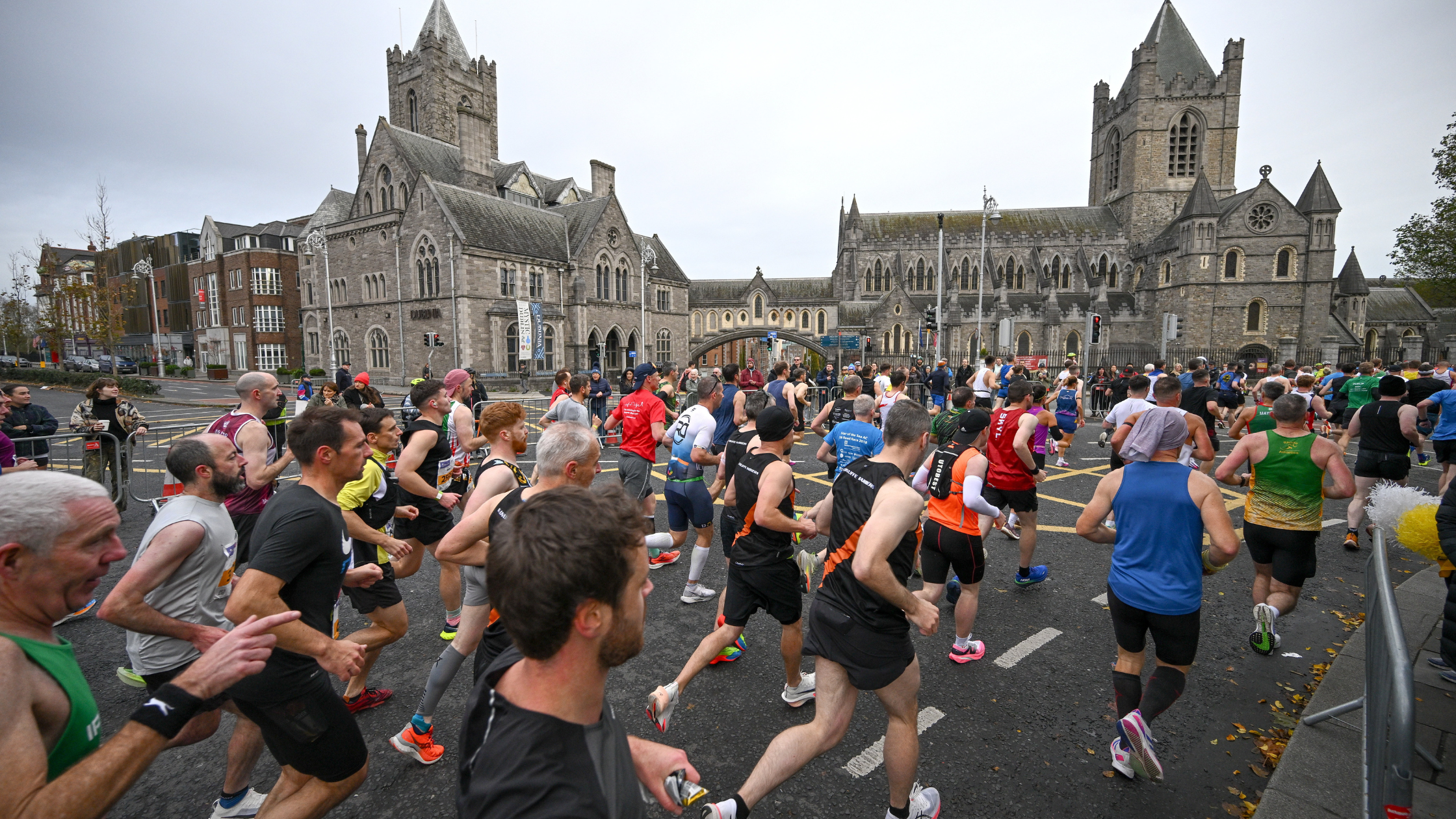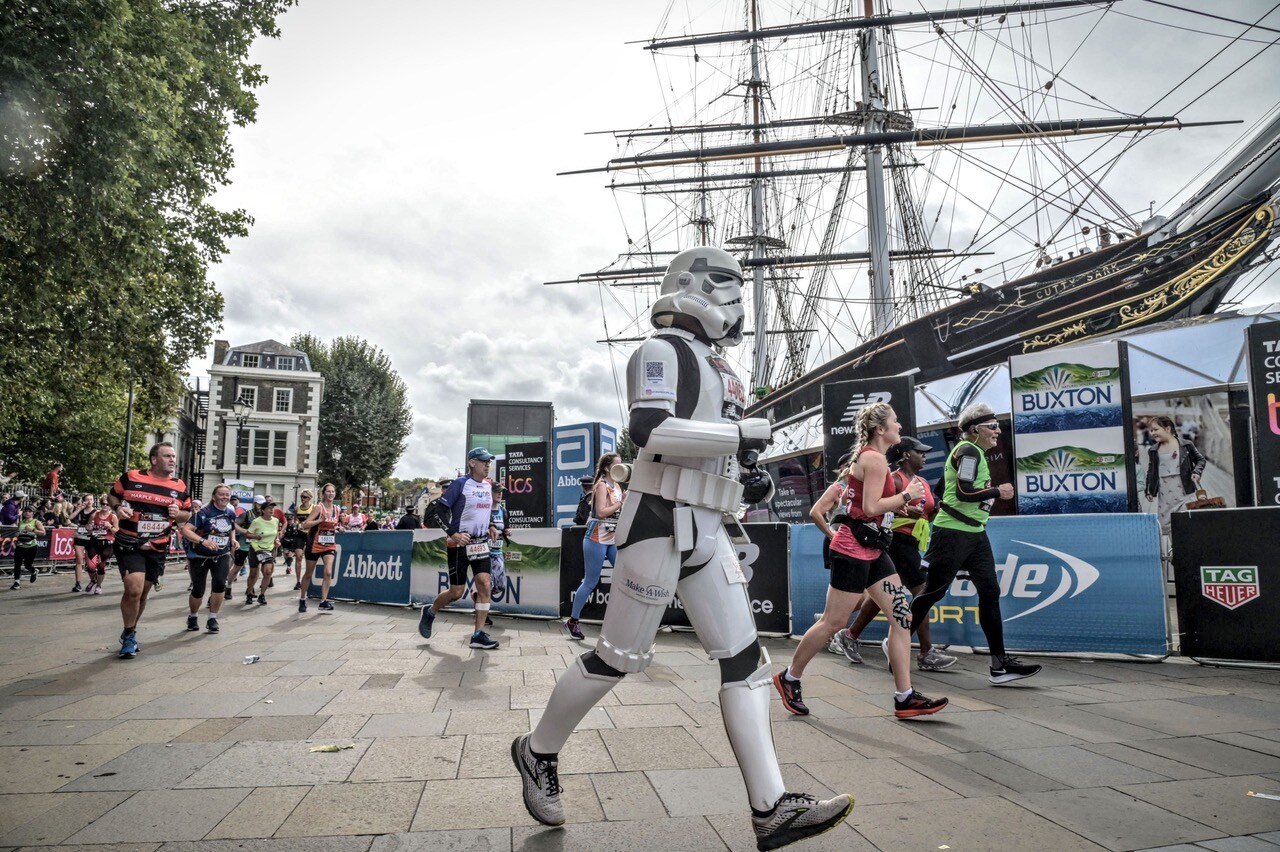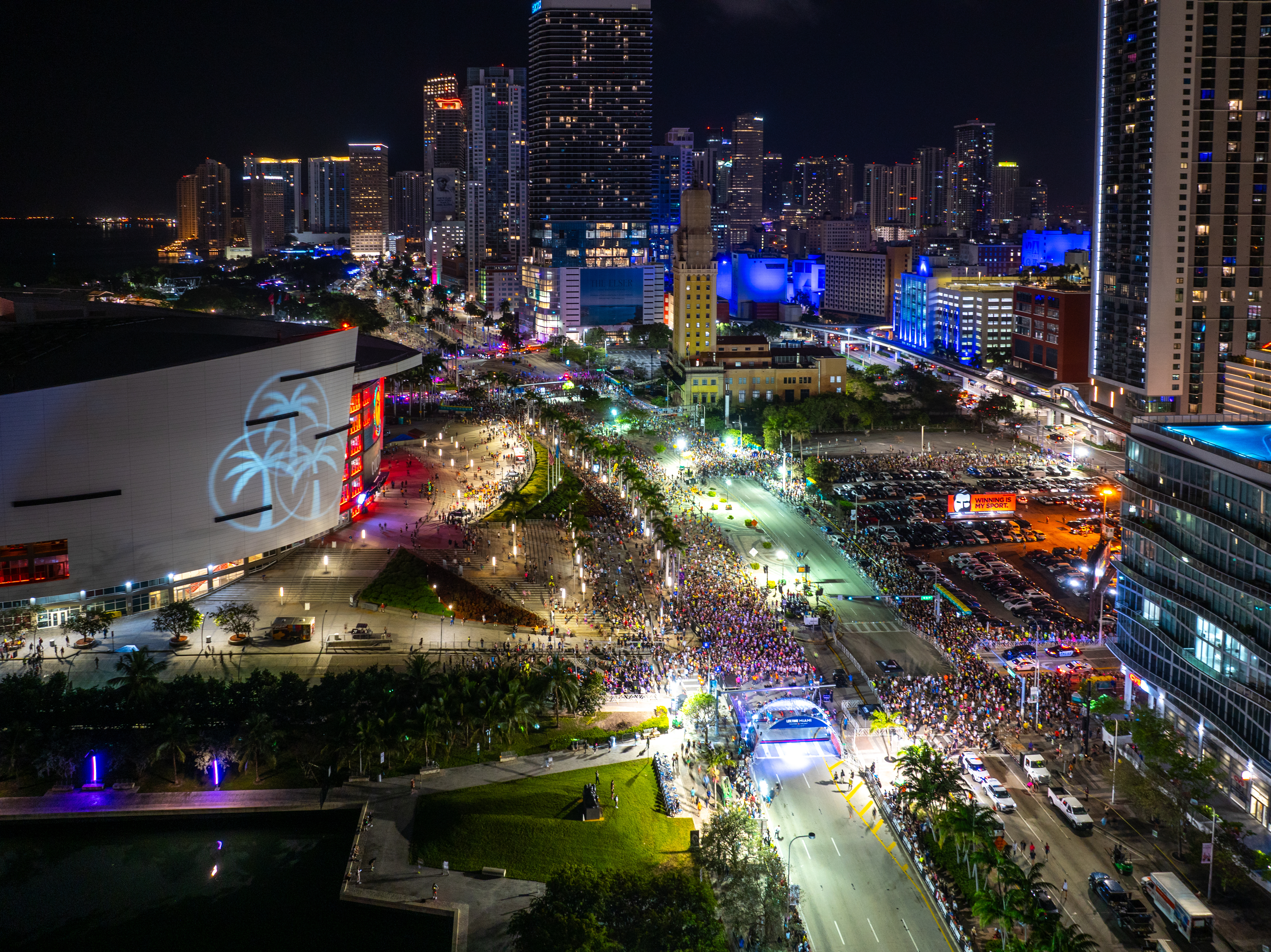Want to ensure you have a decent burst of pace in you so you can outkick your competitors in the home straight? Find out from Scott Overall how runners can train for a decent sprint finish.
You must have watched many races over the years and noticed the number of times that a race is won with that finishing kick or sprint finish to the line. You might also wonder how these athletes are able to run that fast at the end of a race. There are a number of reasons for this, and nearly all of them come down to the training that has preceded the race.
Perceptions of speed
It is important to understand "speed" and how one person’s perception is different to another. For example a 100m sprinter would consider under 10 seconds seconds for 100m speed, but tell a 10km athlete to run 100m in under 10 seconds and they'll laugh - it would be more like 12/13 seconds for them.
A sprint finish comes from strength
What allows athletes to sprint at the end of the race is all the strength they have developed over the years which means they’ll be strong enough to actually get to the last 100m and still be running well enough to start picking it up over the last part of the race. When it comes to the closing stages of a race, the aim is to get there feeling as fresh as possible so that you have enough left in the tank to produce a sprint finish.
It might not be as fast as you think but it is significantly quicker than the pace the rest of the race has been run. Therefore it is not all out blazing speed, it is having the strength to pick up the pace at the end and know that the finish is within reach.
Part of this is mental. It doesn't matter how tired you are at the end of the race, you will always be able to find something extra, even if that is just a 20m burst at the end. The trick is to know this mentally and prepare physically to be ready and extend the distance you can sprint at the end.
Pacing is important
The training you do in preparation for your race is important to make sure you are going to be strong enough and also to learn pace . If you make the mistake of starting the race too fast then your sprint finish is going to have to wait until your next race! You will end up getting to the end of the race full of lactic and unable to find another gear.
If you make the mistake of starting the race too fast then your sprint finish is going to have to wait until your next race!
Mix up your training
When training, say for example for a 10k , you need to do some running that is going to be faster than race pace, after all, you can't expect to have a sprint finish at the end of the race when you have not run that fast in training. The more running you do at a certain pace, the better you get at running that pace. This is why you need to mix it up in training and work all the different training zones. Obviously, focusing more on the actual pace you want to run your chosen race distance.
Sprint sessions
Training for a sprint finish isn't something that distance runners really train for, it is more about training to be strong. You always want to incorporate some running into your training at a pace you would want to finish the race.
Basically that means training at the fastest pace you would ever be running at a certain point in the race. This is done by using shorter reps, such as 200m, and doing maybe 10-20 of them, but all pretty quick (for the individual). This will get the legs used to running faster than usual and due to the number of reps, it teaches the body to run fast when the legs are tired which is exactly how you will feel at the end of the race.
Run strides at the end of your training
If you are training for a distance event such as a 10k then doing runs over distance and training sessions at your race pace will help. A good technique is to do some strides at the very end of runs and sessions. This will teach your body to stride out (not an all out sprint as this increases the chance of injury) when you are already fatigued - which is exactly what it is like at the end of the race.
A good technique is to do some strides at the very end of runs and sessions. This will teach your body to stride out when you are already fatigued - which is exactly what it is like at the end of the race.
Additionally, doing strides will help flush out any lactic acid that has accumulated while you were running your earlier reps. Your legs will feel much better the following day.
Complete around 6-10 100m strides at the end of the run and this will really help with any soreness you might have from the run itself or the previous day’s training. Give it a go, and I bet you feel so much better on stride number five than you did after stride number one! In between each one give yourself as long as you need before you're ready to go again. It is not a strict session, it’s just about getting the legs moving faster and feeling better by the end of it. Doing this just reminds the legs what it is like to run quickly, and they'll remember that when it comes to that last 100m in the race!
Hill training
Hill running is also another component of training that can be used to improve your sprinting abilities. The resistance of the hill when you try to sprint up it will make sprinting on a flat surface feel much easier. You will also need to work more on your technique when you’re running up the hill. This means driving the arms and getting a good knee lift to enable you to get up the hill at pace. When you practise this enough you will get used to doing it and you'll be able to ‘drive’ much better when sprinting.
Remember, you’ll nearly always find a sprint
I have found over the years that no matter how tired you are at the end of the race, you can always find that little sprint at the end. It is effectively the body’s ‘flight or fight’ mechanism - there is nearly always another gear even though you don't think there is. Granted, you might be on your hands and knees at the end, but it will nearly always be there. This is assuming that you haven't got to the last 100m already on your hands and knees!














